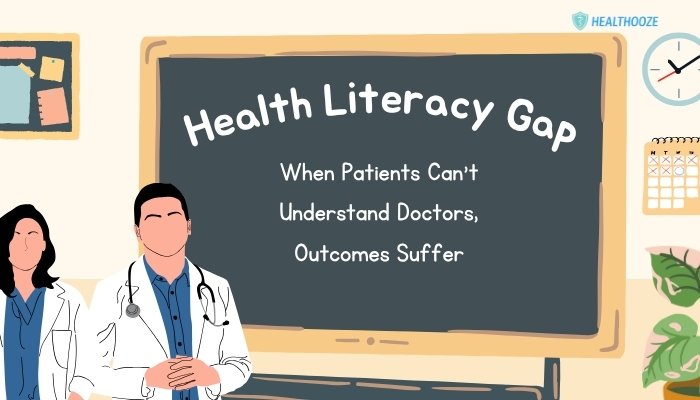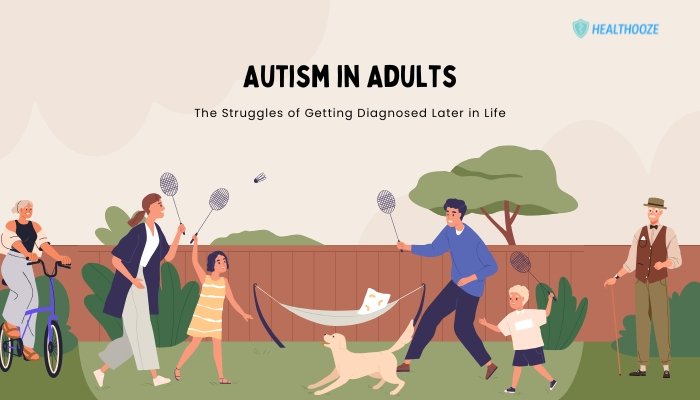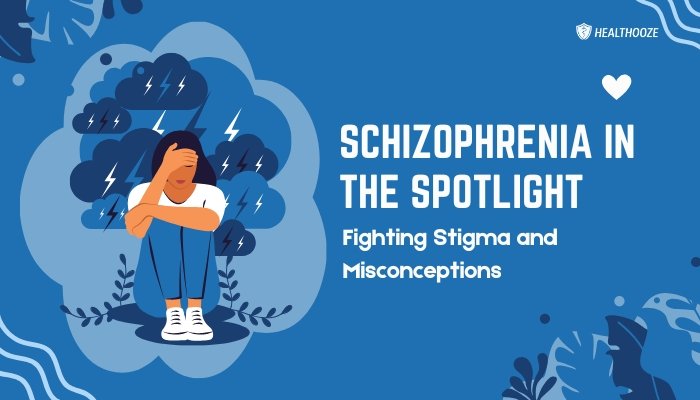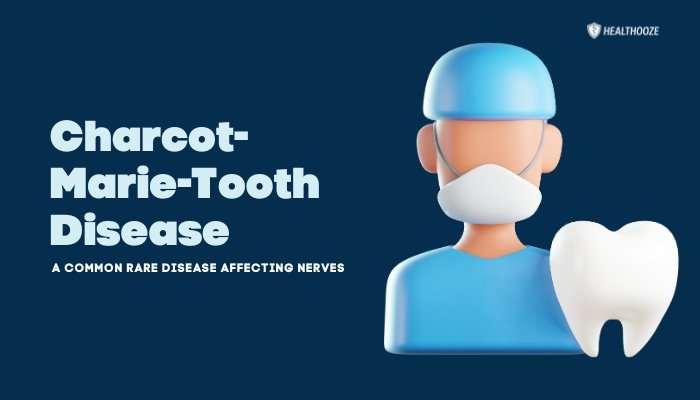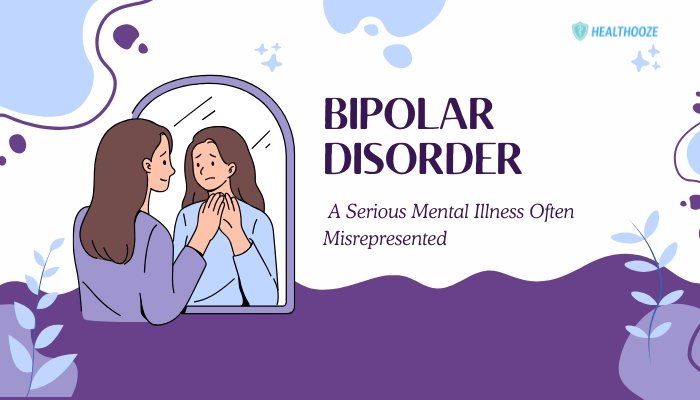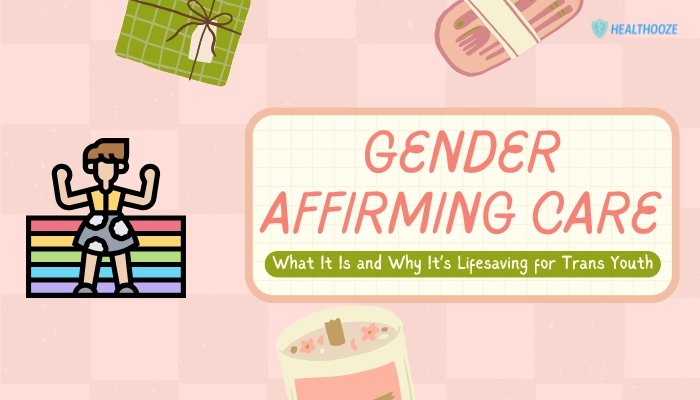Introduction
Medical jargon, complex instructions, and rapidly delivered information can leave many patients feeling lost or overwhelmed when talking with doctors. This gap in health literacy—the ability to obtain, process, and comprehend basic health information—drastically impacts healthcare outcomes.
From misunderstood medication regimens to unrecognized danger signs, a patient’s confusion can lead to complications, hospital readmissions, and higher treatment costs. This article examines the causes and repercussions of poor health literacy, as well as strategies for both providers and patients to enhance understanding.
What Is Health Literacy?
Defining the Concept
Health literacy refers to a patient’s capacity to read, listen to, and act upon health information. It encompasses reading prescription labels, following treatment plans, deciding on screening tests, and effectively communicating with providers. Adequate health literacy empowers individuals to navigate complex healthcare systems and make informed decisions about personal well-being.
How Common Is Low Health Literacy?
While exact figures vary, research consistently indicates that a substantial fraction of adults—anywhere from one-third to half, depending on the country—have limited health literacy. These individuals may have trouble reading hospital brochures or understanding consent forms and instructions, leading to incomplete or improper health behaviors.
Consequences of the Health Literacy Gap
Medication and Treatment Errors
Patients with poor health literacy may misread dosage instructions or misunderstand the timing of doses, risking under- or over-medication. Such errors might cause complications, like high blood pressure (for those skipping meds) or adverse drug events (for those exceeding safe limits).
Delayed Care and Worsening Conditions
If a patient can’t parse follow-up instructions or realize the importance of returning for additional tests, diseases can progress before doctors intervene. Similarly, failing to detect alarming symptoms (like lumps or persistent fevers) fosters advanced diseases by the time they seek help.
Higher Costs and Frequent Hospital Visits
Without clear knowledge of managing chronic illnesses—like diabetes or COPD—patients may land in emergency departments more often. Repeated readmissions not only strain healthcare resources but also hamper the patient’s quality of life.
Factors Fueling the Literacy Gap
Complex Medical Language
Medical terminology, abbreviations, and advanced reading materials can alienate those with limited formal education or non-English speakers. Even those with good literacy can struggle to decode specialized references.
Time Pressures in Appointments
Overloaded clinics or short appointment slots push doctors to deliver multiple instructions quickly. Patients might nod along to appear compliant, even if they’re not fully comprehending.
Cultural and Language Barriers
In culturally diverse regions, patients with limited English proficiency face added hurdles. Even with interpreters, cultural nuances in describing symptoms or giving instructions can be lost, necessitating more than a literal word-for-word translation.
Bridging the Gap: Solutions and Strategies
Provider Approaches
- Plain Language: Replacing jargon with everyday vocabulary ensures more patients follow instructions accurately (e.g., “Take this pill once a day after breakfast” instead of “QD postprandial dose”).
- Teach-Back Method: Having patients restate their understanding of a plan or instructions clarifies misunderstandings in real time.
- Visual Aids: Diagrams or easy-to-read charts highlight medication schedules, daily routines, or dietary restrictions, reinforcing verbal explanations.
Systemic Improvements
- Extended Consultations: Some practices incorporate longer appointments for those with known literacy issues, so thorough discussion can occur.
- Health Advocate or Navigation Services: Hiring patient navigators to escort individuals through their appointments, insurance forms, or multiple visits fosters better continuity.
- Accessible Materials: Creating videos, infographics, or simplified leaflets in multiple languages addresses varied reading levels.
Technological Tools
- User-Friendly Patient Portals: Platforms that present test results or appointment reminders in plain language or with embedded clarifications.
- Telehealth: Video consults can reduce location barriers and offer a more relaxed environment for patients to ask clarifying questions.
Empowering Patients to Advocate for Themselves
Encouraging Questions
Patients should feel comfortable inquiring about anything they don’t understand. A short list of standard queries—like “How do I take this medication?” or “What’s the next step if this doesn’t work?”—helps to prompt essential clarifications.
Bringing Support Persons
A trusted friend or family member can take notes, ask questions, and help the patient recall instructions afterward. This provides emotional support and lessens the risk of misinterpretation.
Checking for Understanding
Asking providers directly, “Could you explain that in simpler terms?” or “Can you show me how to do that?” can confirm the instructions are truly clear. If the conversation feels rushed, requesting a follow-up consult or phone call is a valid step.
From Knowledge to Action
Collaboration for Better Outcomes
Healthcare professionals, policymakers, patient advocates, and educational institutions all share responsibility for bridging the health literacy gap. By aligning efforts—such as standardizing plain-language resources and broadening interpreter services—everyone benefits from more accurate communication and better patient outcomes.
Ongoing Education and Policy Support
Policymakers can sponsor literacy campaigns, fund medical translation services, and embed patient-centered communication training in medical curricula. Meanwhile, philanthropic organizations can invest in technologies that simplify medical information for the public.
Conclusion
Health literacy forms the backbone of safe, effective healthcare, yet it remains alarmingly overlooked. When patients cannot fully comprehend their diagnoses, instructions, or medication regimens, entire treatment plans can collapse—leading to chronic disease mismanagement, complications, and ballooning costs. By simplifying language, building supportive systems, and encouraging patient self-advocacy, we can foster an inclusive healthcare ecosystem that respects and addresses every individual’s capacity to learn, ask, and understand. The reward? A stronger trust between doctor and patient, better adherence to treatments, and, ultimately, healthier outcomes across communities.
References
-
- Institute of Medicine. Health Literacy: A Prescription to End Confusion. Washington, DC: The National Academies Press.
-
- Berkman ND, Sheridan SL, Donahue KE, et al. Low health literacy and health outcomes. Ann Intern Med. 2011.
-
- https://www.who.int/

